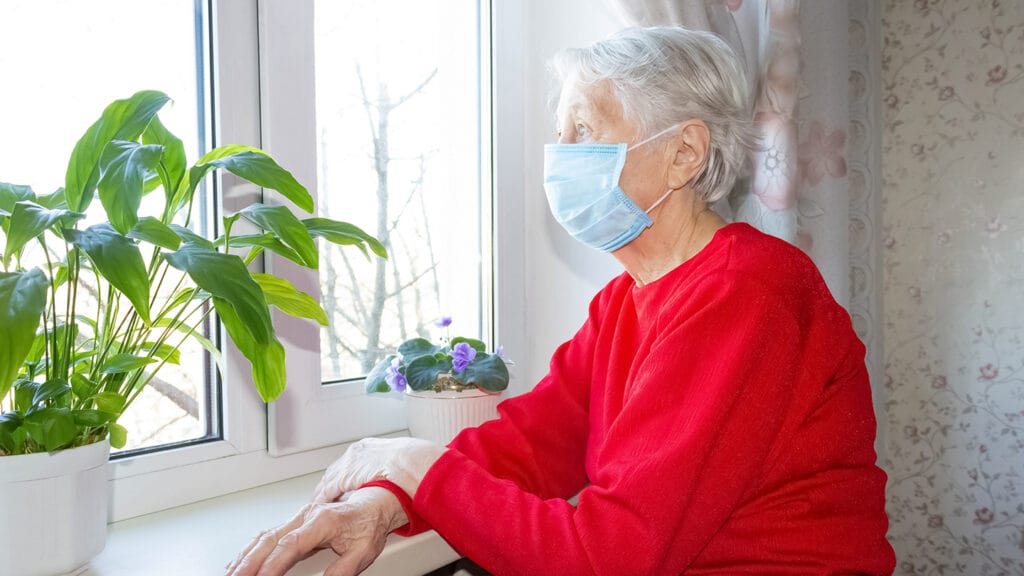
Hospital-at-home needs to become more accessible and flexible as it transitions out of the COVID-19 public health emergency. Academics from New York University urged the Centers for Medicare & Medicaid Services to develop a demonstration project or funding model as hospital-at-home transitions from the Acute Care at Home waiver program launched during the COVID-19 pandemic.
In a recent editorial in the Journal of the American Geriatrics Society, academics from the university’s college of nursing, emergency medicine and healthcare said hospital-at-home must have policies in place that prevent so-called redlining in disadvantaged communities, provide flexibility in the use of clinical staff and implement measures for ensuring quality and patient safety that follow a patient-centered approach.
The team said in poor neighborhoods and rural communities, patients may need additional support, such as in-home meals and home health aides. They also pointed out that many rural areas have poor cellular and internet access, making it difficult to deploy remote patient monitoring to those areas. The team also said the complex needs of patients in hospital-at-home programs require clinical staff who can perform at the top of their licenses and not be overly taxed by the demands of the program.
“Providing flexibility in how programs provide skilled care while creating limits around the number, timing, amount, and in-person versus virtual care required by skilled clinicians needs balance and careful crafting in order to ensure efficiency, safety, and thus the viability of HaH programs,” the academics wrote.
Hospital-at-home exploded during the pandemic with 114 health systems and 256 hospitals in 37 states implementing programs. Home care giant Amedisys jumped into the space through its acquisition of Contessa, while Enhabit Home Health and Hospice has also expressed interest in the space.
Still, launching hospital-at-home comes with challenges. During a webinar sponsored by the National Association for Home Care and Hospice earlier this year, home health agencies warned that adequately trained staff and developing vendor relationships can be a barrier to entry.



